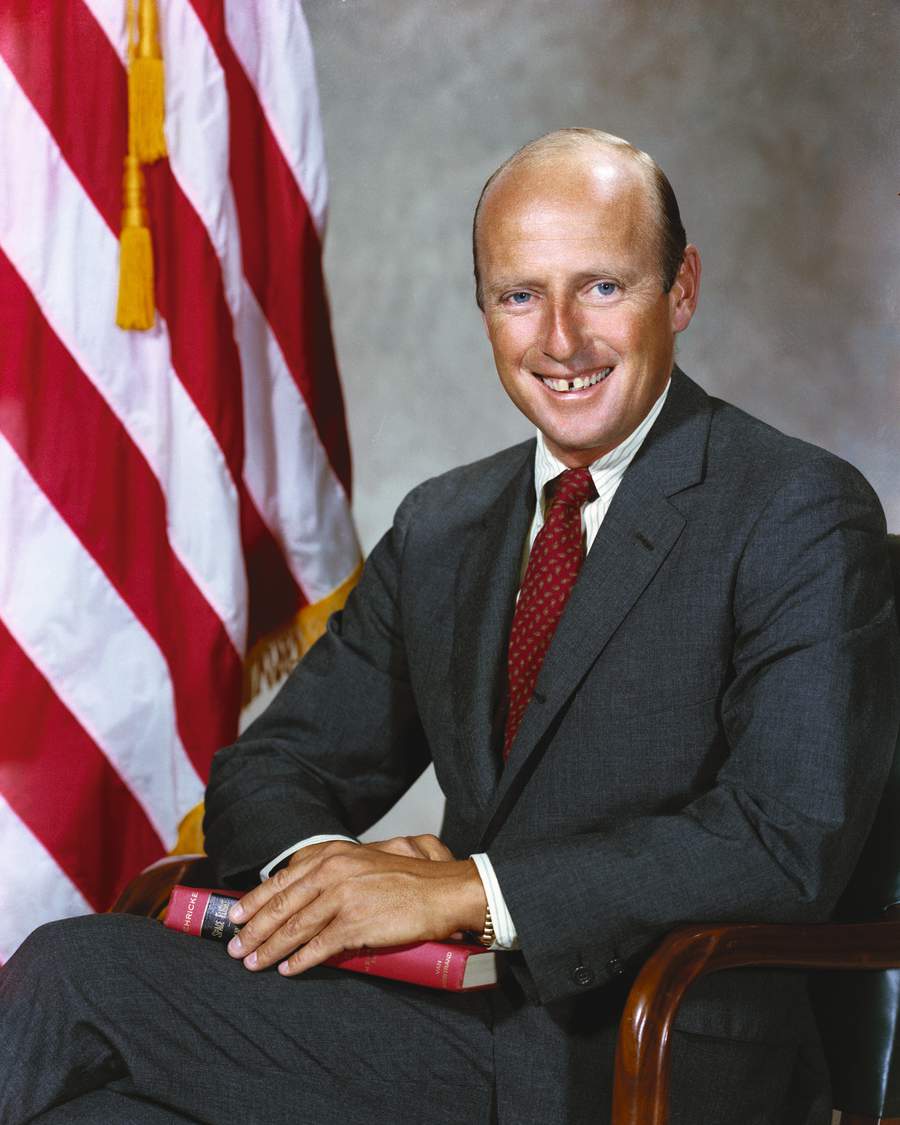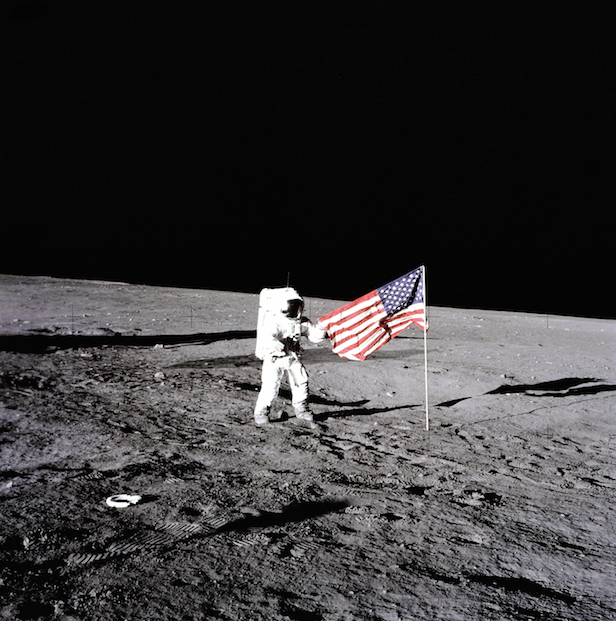Heroes of Space: Pete Conrad
The maverick astronaut who became known to many as the Comeback Kid

Conrad loved auto-racing, waterskiing and golf. Image credit: NASA
When Charles ‘Pete’ Conrad went through NASA’s selection process for its first group of astronauts, he ended up being dropped, his suitability for long-duration flight firmly under question. It had nothing to do with his struggles with dyslexia, even though the reading disorder had led to him flunking most of his 11th grade exams and being labelled lazy by teachers who had little knowledge of the lifelong condition. Rather, it had everything to do with his unorthodox approach to the agency’s numerous medical tests.
Believing the examinations to be degrading, he adopted a dismissive attitude to them. On being shown a blank card by psychologists, he stared briefly before telling them: “It’s upside down.” He also presented his stool sample in a red-ribboned gift box and described a sexual account in the greatest of detail when presented with an Rorschach inkblot test. NASA didn’t quite know what to make of him. After all, before them was a man who had worked around his dyslexia, earned an engineering degree from Princeton University and been awarded a Navy scholarship. He was one of America’s finest test pilots.
But then Conrad was bristling with life, running it on fast-forward with a penchant for high-powered cars and riding bikes at top speed. Born on 2 June 1930 in Philadelphia, Pennsylvania, he was a cheeky chappy with a gap-toothed grin who had seen his family torn apart by the Great Depression – his father left and they had lost their manor house. But he was always great company. “If you can’t be good,” he would say, “be colourful.” History, however, would prove that he could be both.
Although he married his first wife, Jane DuBose, in 1953 and had four sons, his career dominated his early life. Conrad tried to become a NASA astronaut again in 1962. Thankfully most of the tests he had objected to had been dropped and he was successful this time. He became part of the second group of astronauts, which were known as the New Nine and he was assigned a Gemini mission. He piloted Gemini 5 on 21 August 1965. It was the first long duration space flight and the first to test a fuel-cell system to see if it could fly men to the Moon and back.

Pete Conrad unfurls the United States flag on the lunar surface during the first extravehicular activity on 19 November 1969. Image credit: NASA
Conrad and his commander, Gordon Cooper, set a new space endurance record of seven days, 22 hours and 55 minutes, beating the previous record of five days held by the Russians. The following year, on September 12, he was the command pilot of Gemini 11, which performed the first ever direct ascent rendezvous with another orbiting spacecraft. In March 1969, he went on to command the backup crew of Apollo 9 and this led to him commanding Apollo 12 on 14 November that year. During this mission, he followed in the footsteps of Neil Armstrong and Buzz Aldrin, becoming the third person to embark on a lunar walk.
He spent seven hours and 45 minutes on the Moon’s surface but his sense of fun prevailed. “Whoopee!” he said. “Man, that may have been one small one for Neil, but that’s a long one for me.” It was a reference to his height – five feet six inches – but it was also uttered to win a bet that Conrad had placed with an Italian journalist to prove NASA didn’t script their astronaut’s words. He followed up this mission by becoming part of the first crew to board the Skylab space station in 1973, directing an emergency rescue, which earned him the Congressional Space Medal of Honor in 1978 from President Jimmy Carter. He retired at the end of that year to work in private industry.
He continued to live life to the max. He divorced Jane in 1988 and remarried in 1990, he enjoyed time with friends and worked with good causes. Sadly, his love of fast bikes was his undoing and, despite being within the speed limit and wearing a helmet, he suffered terrible internal injuries when his motorcycle crashed on a turn. He later died on 8 July 1999. He will never be forgotten.
Need more space? You can get 5 issues of All About Space Magazine for just £5/€5/$5 for the latest amazing news from the final frontier!





